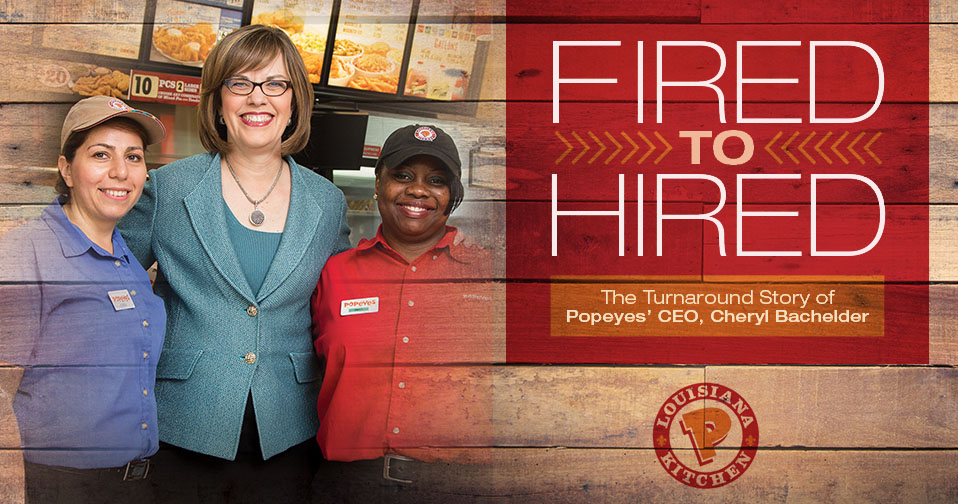Violence In The Workplace

The term “going postal” was coined in the mid 1980’s when according to FBI reports, “On August 20, 1986, a part-time letter carrier named Patrick H. Sherrill, facing possible dismissal after a troubled work history, walked into the Edmond, Oklahoma, post office, where he worked and shot 14 people to death before killing himself.”
Although this was the most deadly, it was not the first incident of homicide in the postal system. In the three years that preceded this incident, present or former employees in three separate locations killed four other postal employees. Obviously, these were not the first cases of violence or even homicides at work. Workplace violence can be traced back as far as early Old Testament times when Noah was building the Ark, and even before.
You may be surprised, however, to learn that homicide is currently the fourth-leading cause of fatal workplace injuries in the United States. According to the Bureau of Labor Statistics Census of Fatal Occupational Injuries (CFOI), of the 4,547 fatal workplace injuries that occurred in the United States in 2010, 506 were workplace homicides. Additionally, homicide is the leading cause of death for women in the workplace. By 2013 homicides represented 9% of all workplace deaths. Of all these cases, women were almost three times more likely to be victims than men.
But according to the Bureau of Labor Statistics, there are certain occupations in which a higher percentage of workplace deaths are due to homicide:
- 13% of Top Executive deaths; the percentage is double for Operations Specialties Managers
- 19% of Health Diagnosing and Treating Practitioners
- 31% of Law Enforcement Workers
- 33% of Business and Financial operations occupations
- 36% of Legal occupations
- 41% of Food Preparation and Serving-related occupations
- 46% for Sales and related occupations
- 66% for Retail Sales Workers
The same FBI Report mentioned above points out, “Contrary to popular opinion, sensational multiple homicides represent a very small number of workplace violence incidents. The majority of incidents that employees/managers have to deal with on a daily basis are lesser cases of assaults, domestic violence, stalking, threats, harassment (to include sexual harassment), and physical and/or emotional abuse that make no headlines. Many of these incidents, in fact, are not even reported to company officials, let alone to police.”
While agreeing on that broader definition of the problem, the FBI states there is consensus among workplace violence professionals that shows workplace violence falls into four broad categories.
They are:
- TYPE 1: Violent acts by criminals who have no other connection with the workplace, but enter to commit robbery or another crime.
- TYPE 2: Violence directed at employees by customers, clients, patients, students, inmates, or any others for whom an organization provides services.
- TYPE 3: Violence against coworkers, supervisors, or managers by a present or former employee.
- TYPE 4: Violence committed in the workplace by someone who doesn’t work there, but has a personal relationship with an employee—an abusive spouse or domestic partner.
One of the best protections that employers can offer their workers is to establish a zero-tolerance policy toward workplace violence. This policy should cover all workers, patients, clients, visitors, contractors, and anyone else who may come in contact with company personnel. This policy should be made public and employees should be encouraged to speak to supervisors if they feel threatened or may know of a potential threat.
All leaders at the company should receive training on workplace violence as well as take every case very seriously. This training should extend to awareness on the part of all management level employees regarding such things as proper threat assessment, documentation, and even when to call in local authorities. They also need skills to diffuse volatile encounters. Have a set protocol in place to “hand off” angry or threatening customers and/or co-workers.
Leaders need to create a “safe” environment where employees feel empowered to share potential threats, and when an employee comes forward about a potential threat of violence, this cannot be treated as a confidential conversation. The company always has a duty to provide a safe workplace environment; however, once the potential threat is made known, there is even a greater duty to take action.
If an employee in your workplace becomes a victim of a violent event, you are immediately provided with a great opportunity to minister to your employees and possibly their family members. Start now by locating a professional Christian counselor in your area who holds credentials in workplace critical stress management situations. Introduce them to your management team, and place them on retainer to respond immediately should an incident occur. Workplace chaplaincy agencies often have team leaders specifically trained to provide added layers of support to traditional chaplains serving in the field when a severe incident occurs.
By all means, take all threats seriously, and be prepared to take action to safeguard your team members. Additionally, if and when an incident occurs on your watch, do everything in your power to minister to the needs of all involved, in the name of the One we know can handle the most challenging crises life can throw at us...our precious and miracle-providing Lord Jesus Christ!

By: Mark Cress
Mark Cress is the Founder of Corporate Chaplains of America. CCA (www.chaplain.org) is the nation’s leading provider of full time workplace chaplains to more than 800 public and private business locations across the US and internationally. He holds business and seminary degrees including a doctorate in Business Ethics and Leadership. He has authored seven books through Lanphier Press. Mark has a passion for Christian leadership matters within the emerging workplace ministry arena. He and his wife Linda have two grown daughters and reside in North Carolina.
Read More Articles by Mark Cress





